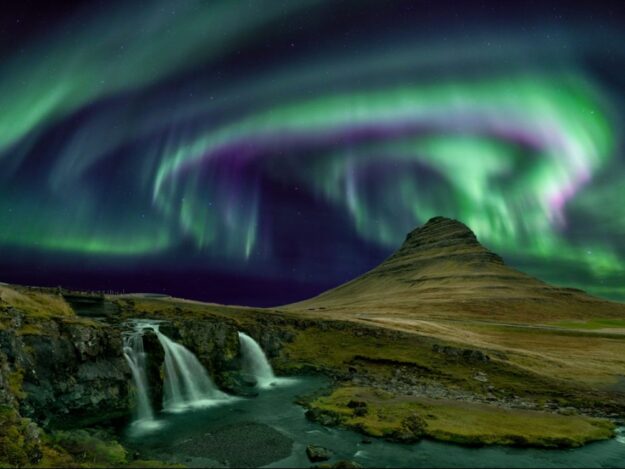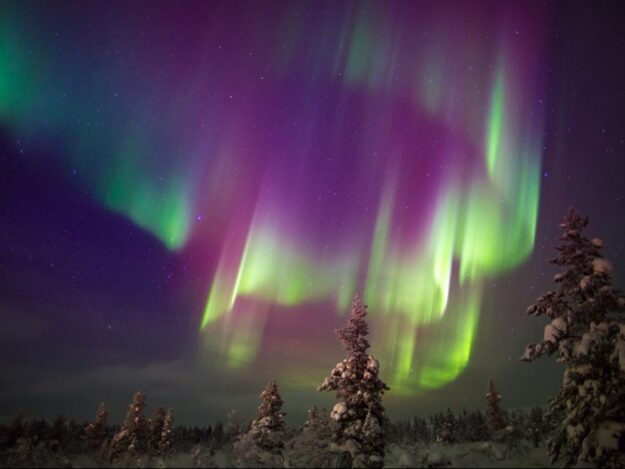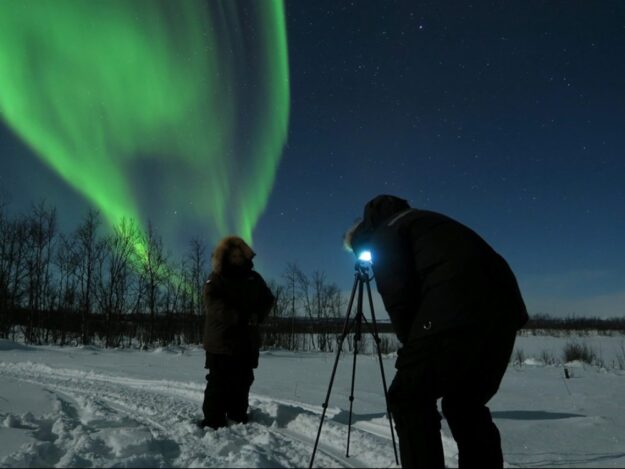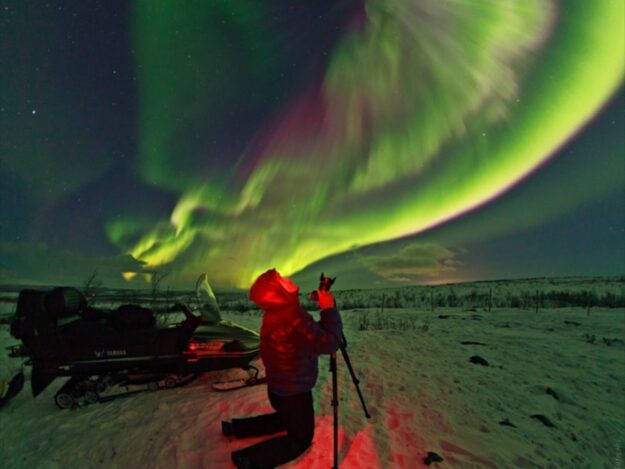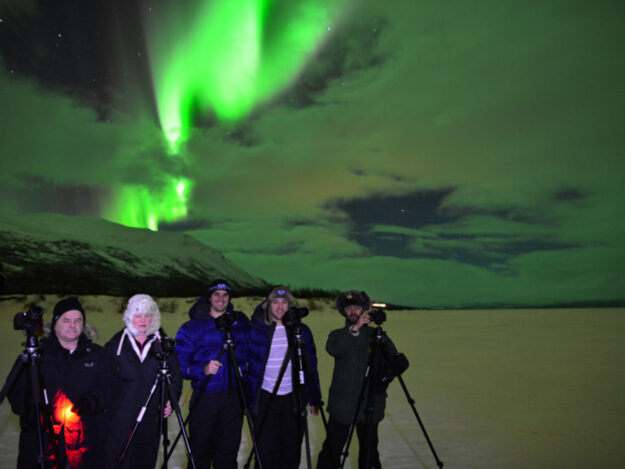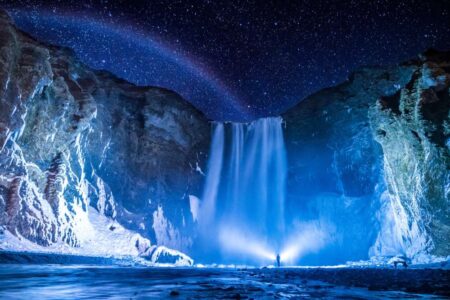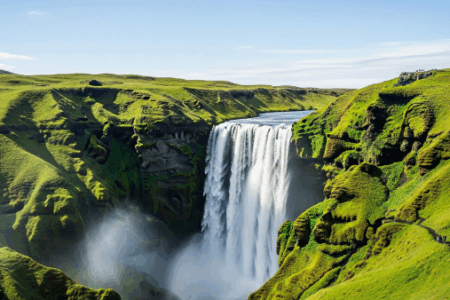This was written by Chad Blakley, a professional photographer whom we work with offering Northern Lights photographic evenings in Abisko.
It is officially aurora season in Abisko National Park! After a summer of round the clock sunshine, the midnight sun has taken a bow and offered the stage to the magical Northern Lights. As the winter season kicks into overdrive I find myself overjoyed with the fact that I get to spend my nights under the stars with excited guests from all over the world!
Due to the current solar maximum the 2012-13 aurora watching season is poised to be one of the best in recent memory. Scientists and aurora forecasters predict that solar activity will be unusually high during the next few years, causing the auroras to increase in intensity and to appear in the night sky above Abisko Nation Park with more frequency. When I look back at the last several aurora seasons I am filled with excitement to know that things will be getting better and better. I hope to see you under the crystal clear skies of Abisko National Park this winter and I look forward to helping you photograph the Lights Over Lapland!
Here are a few tips to help hopeful photographers prepare their camera for the lights before they have an opportunity to join one of our tours:
Your camera will need to be set to full manual program mode including manual focus.
- Start with an ISO and exposure time of 1600 and 15 seconds. Exposure time will vary but this is a good place to start.
- Use a wide angle lens with a fast maximum aperture. F3.5 or faster is preferred.
- Use a headlamp with a red bulb to preserve your night vision.
- Bring extra batteries! The cold Arctic temperatures present in Abisko will cause your batteries to drain much quicker than normal.
- Before bringing your camera into a warm room after your night in the park be sure to put it in a plastic bag. Let the camera slowly warm itself to room temperature to avoid condensation on your lens.

